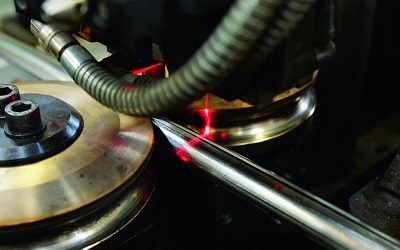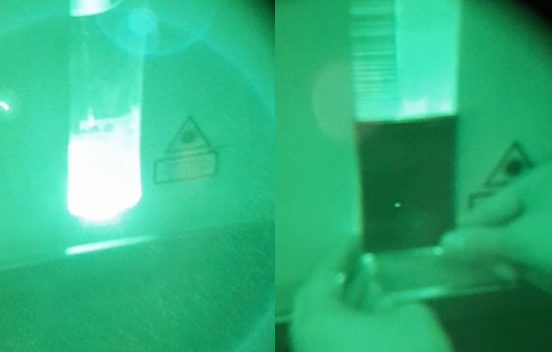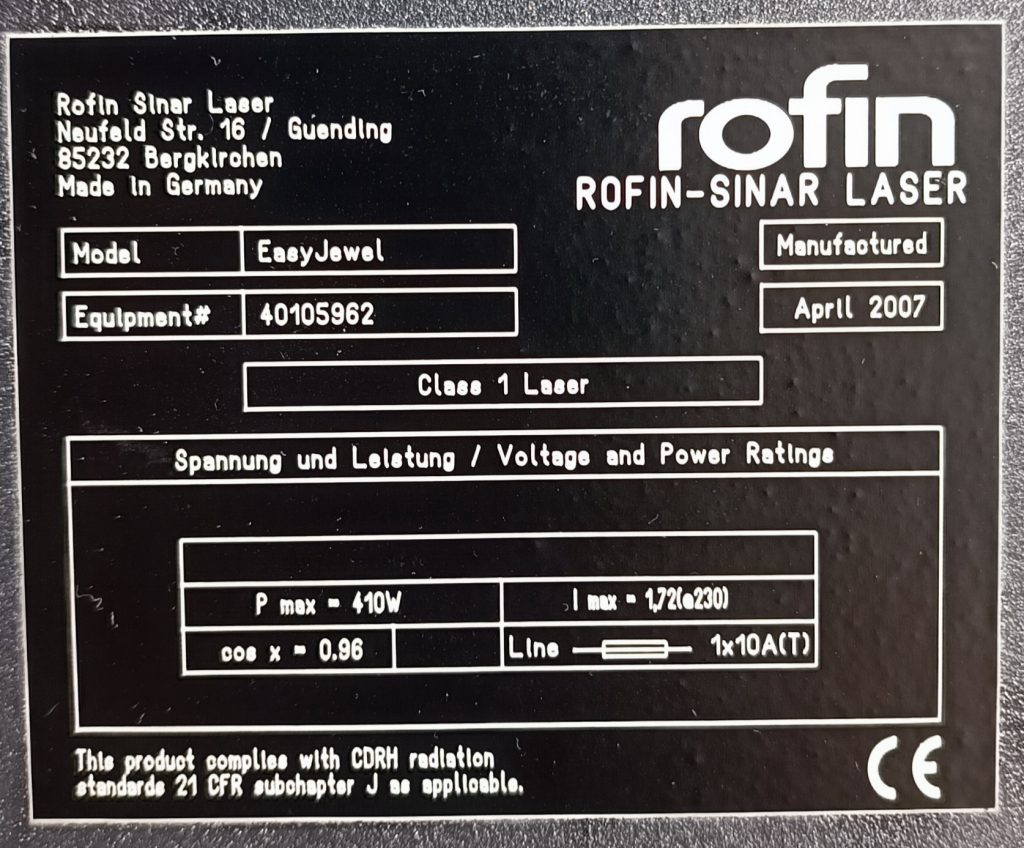To ensure the safe use of these devices, lasers have been classified according to the potential risks they may pose to health and safety. The classification of lasers is based on their power and potential risk of eye and skin damage. In this article, we will focus on the 4th class of lasers and the associated health and safety (H&S) rules.
Laser classes
Class 1
Lasers of this class are considered safe under normal conditions of use. The output power is very low and the risk of eye damage does not exist. It is possible to build a high-power Class 4 laser and classify it as a Class 1 system after meeting all the requirements of European standards and tests.
Class 1M
Similar to Class 1, but can be dangerous to the eye if an optical instrument is used, such as lenses or binoculars that can focus the beam.
Class 2
Lasers in this class emit visible light (400-700 nm) and are safe for the eyes with short-term exposure, such as accidentally looking into the beam. Defensive reactions, such as blinking, are usually sufficient to protect the eye.
Class 2M
Similar to Class 2, but can be dangerous with optical instruments that focus the beam.
Class 3R
Lasers in this class can be hazardous to the eyes with direct exposure, but the risk is relatively low when proper precautions are taken.
Class 3B
Lasers in this class can cause serious eye damage with direct exposure and can also damage the skin. Appropriate protective equipment, such as safety glasses, should be used.
Class 4
Class 4 lasers are the most dangerous. They can cause serious eye and skin damage and pose a fire hazard. They are used in medicine, industrial cutting and welding processes, and scientific research.
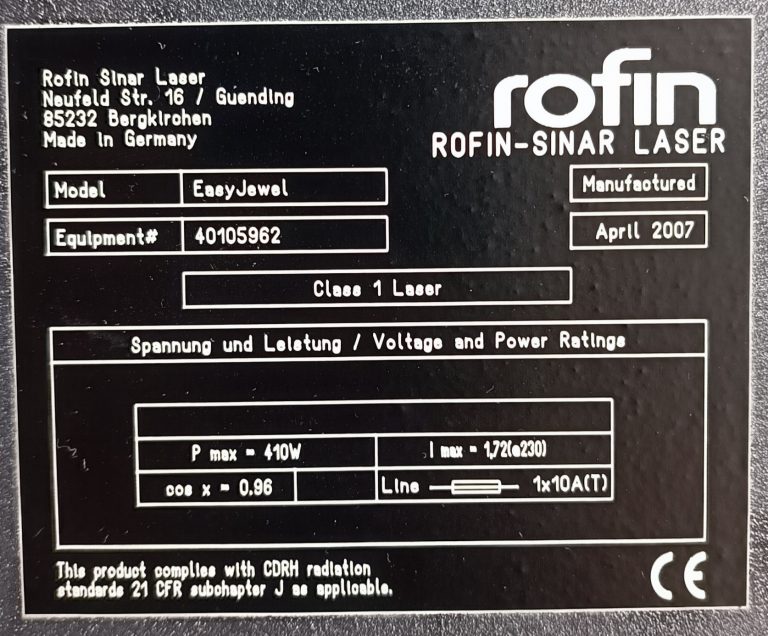
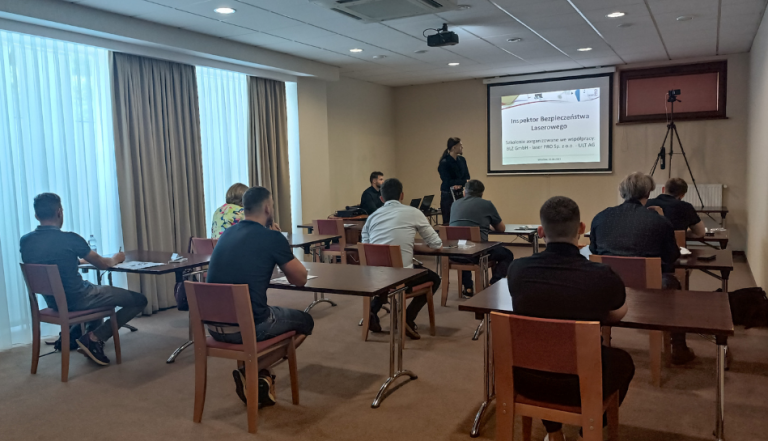
Laser Class 4 - Health and Safety
Working with Class 4 lasers requires extreme caution and adherence to strict safety rules. Below are the key health and safety rules to follow:
1. Personnel Training
Anyone working with Class 4 lasers should receive appropriate safety training.
2. Safety Zone
A laser work zone should be designated and marked, to which only authorized persons have access.
3. Eye and Skin Protection
It is mandatory to wear safety glasses designed for the type of laser and protective clothing to minimize the risk of an accident.
4. Beam Control
The laser beam should be directed in a way that minimizes reflection and scattering. Reflective surfaces should be avoided.
5. Security Systems
Using systems to shut down the laser in case of failure or unauthorized access is key.
6. Filtration systems
In some processes, such as cutting or welding, harmful fumes can be emitted. Therefore, it is important to ensure adequate air filtration.
Class 4 lasers are extremely useful tools in many fields, but their operation requires strict adherence to health and safety rules. Proper training, use of personal protective equipment and safety procedures are key to minimizing the risk of serious accidents. Remember that safety is paramount, and proper handling can prevent dangerous health and property consequences.

